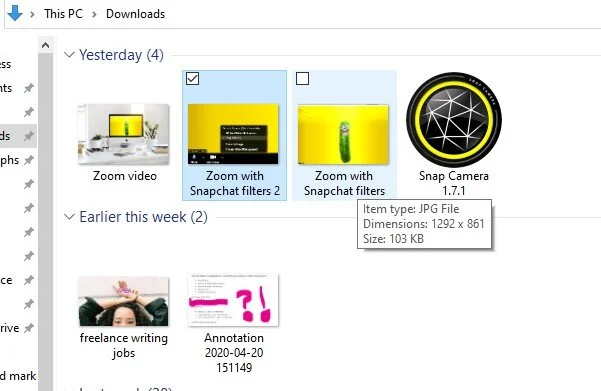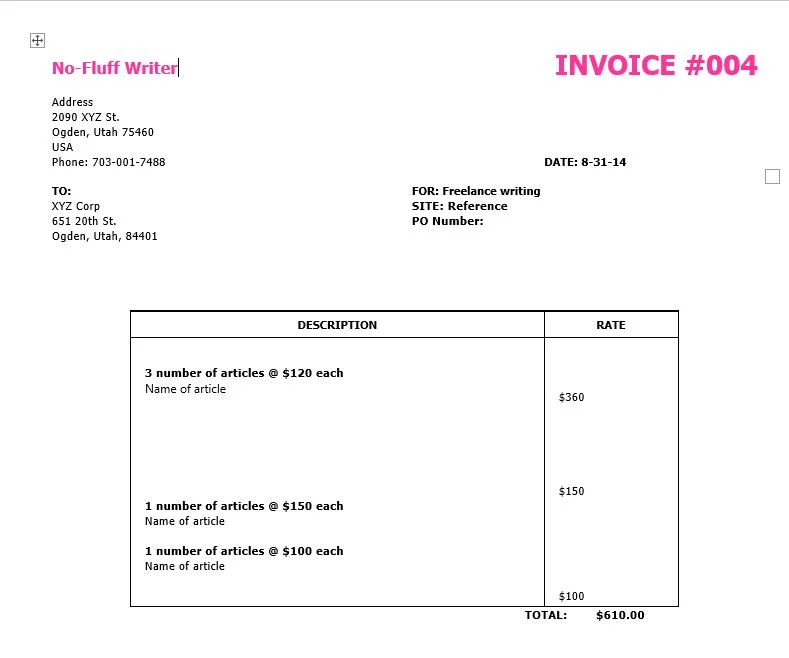5 Types of Files and Extensions and How to Use Them
Guest post by Emily Lamp
Note from Alina: If you’re going to be a writer, you need to know about different file types. Enjoy this guest article!
There are different types of file formats used by a computer, with each file type designed to support certain forms of content. The most common file types include program, scripts, images and web pages.
Filename extensions are often noted in parentheses if they are different from the file format abbreviation or name. Keeping this in mind, here are five file types and extensions and how to use them on your website.
1. JPG
Also known as JPEG, Joint Photographic Experts Group (JPG) is a method of lossy compression often used for digital images, especially for images produced by digital photography. You can adjust the degree of compression, which allows a selectable tradeoff between image quality and storage size. JPG files are easy to upload, making them suitable for use on the web.
2. ASPX file
Aspx file extension is an ASPX (Active Server Page Extended) file, a webpage that's generated by web servers designed to run the Microsoft ASP.NET framework. An ASPX file contains one or more scripts that are written in C# code or VBScript, which is processed by a web server into HTML (Hypertext Markup Language). This is then sent to your web browser.
You can convert ASPX page to PDF using Itextsharp. Itextsharp is a tool used to create reports and documents based on data from XML files or databases and split or merge pages from Portable Document Format files (PDF).
3. PDF
Commonly used for printing purposes and online documents, PDF was developed in the '90s by Adobe to achieve two main things. The first being to allow users to open their documents on documents on any web browser, operating system, application and device without needing the application used to create them - you only need a PDF reader. The second reason is that when you open a PDF file, the layout of your document will look the same. The reliability of PDFs allow you to create long documents, then share them with other people without losing the original design. Portable Document Format files can contain forms, interactive buttons, video, hyperlinks, embedded fonts, images and text.
4. PNG
Developed as an improved and non-patented replacement for GIF (Graphics Interchange Format), PNG (Portable Network Graphics) is a bitmap image or raster graphics file-format designed for the web to support lossless data compression. Unlike GIF, Portable Network Graphics use better image compression technology, allowing for smaller files that can download more swiftly. PNG images also allow you to achieve full alpha channel transparency, allowing you to easily move images from a background and place it on another.
5. MP4
MP4 or MPEG-4 Part 14 is a multimedia container format used to store audio and video. An MP4 file can also contain PDF, metadata and XMP (Extensible Meta Data Platform), including PDF, subtitles, images based on PNG or JPEG and more. Support for metadata means you can integrate the file with user navigation options, 3D graphics or menus and other user interaction features. Its compression format makes the file small and lightweight, making it easy to upload your website. MP4 can be used on many platforms as it's supported by all media players. This makes it easier to use or distribute. It's ideal for those who want to save high definition audio-video files on their website.
Final Words
File formats and extensions are important as they allow you to identify the nature of contents in a file. File extensions tell your computer how it will handle a file by following a convention that the application's developer laid down.
About the Author
Emily Lamp is a professional writer, working closely with many aspiring thinkers and entrepreneurs from various companies. She is also interested in technology, business growth and self-improvement.








